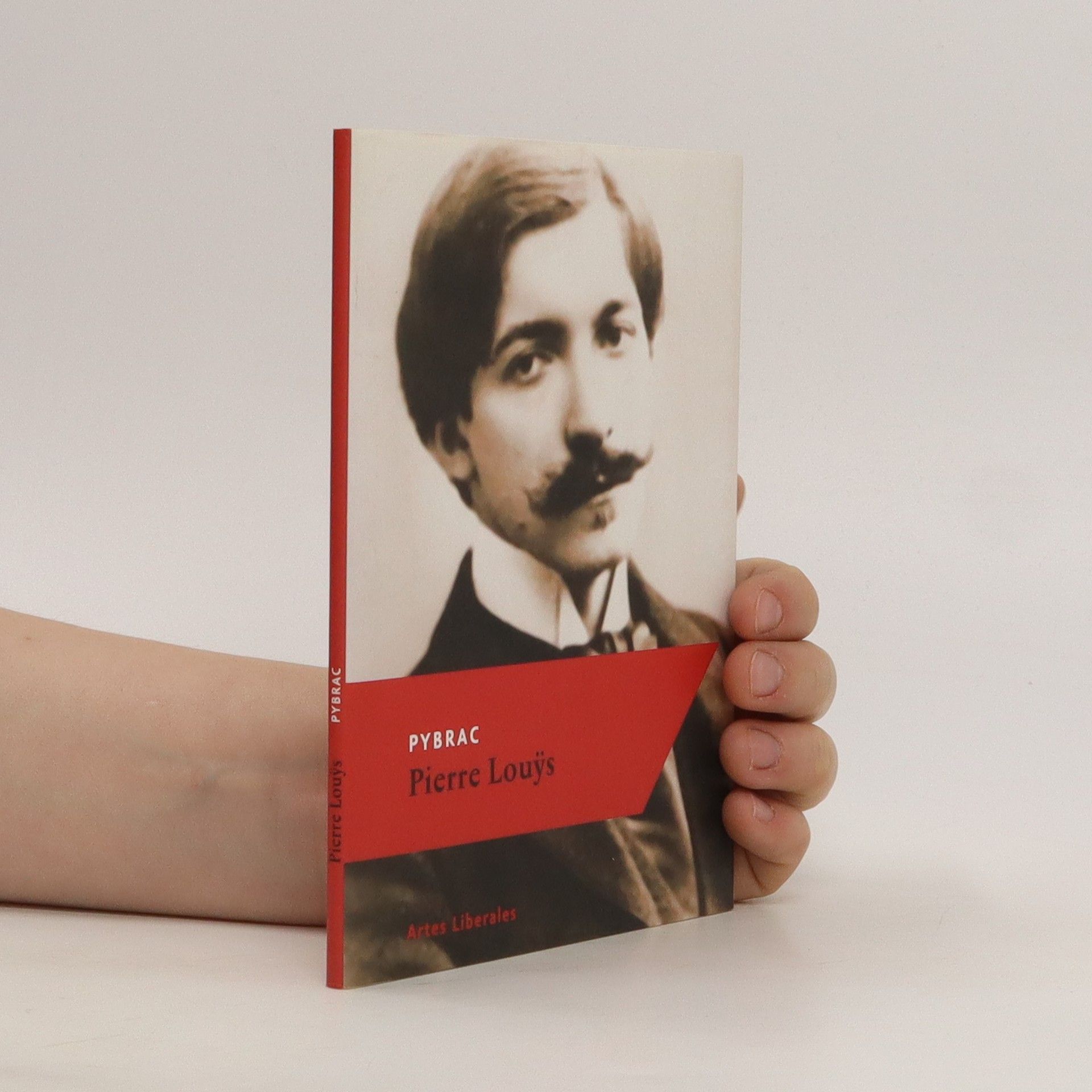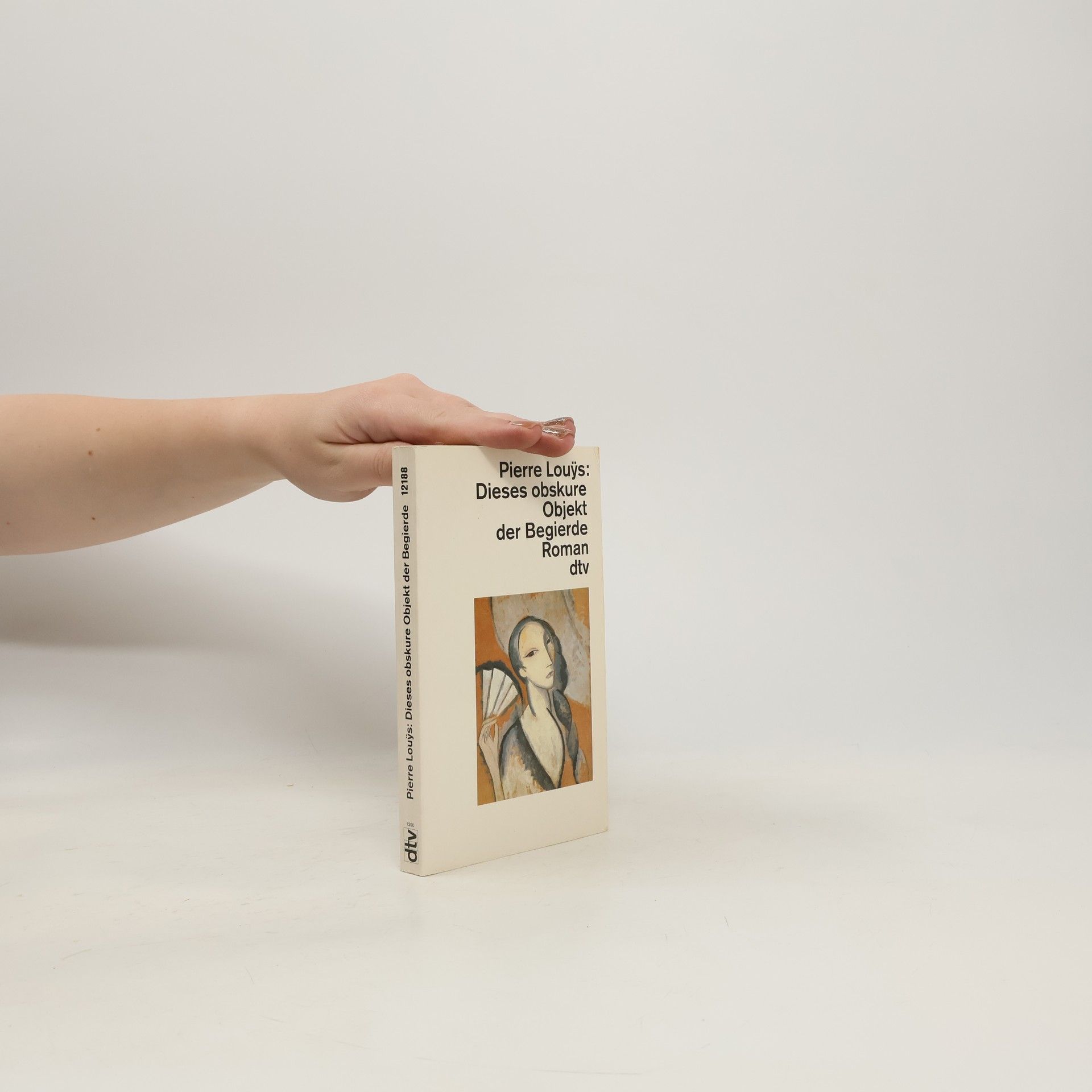Pierre Louys Livres
Pierre Louÿs fut un poète et écrivain français, célébré pour sa quête d'« exprimer la sensualité païenne avec perfection stylistique ». Ses œuvres explorent fréquemment des thèmes lesbiens et classiques, témoignant d'une profonde adhésion à l'élégance formelle. Tout au long de sa carrière, Louÿs cultiva des amitiés avec d'éminents artistes et compositeurs de son époque. Ses contributions significatives à la littérature française furent reconnues par ses nominations comme Chevalier puis Officier de la Légion d'honneur.



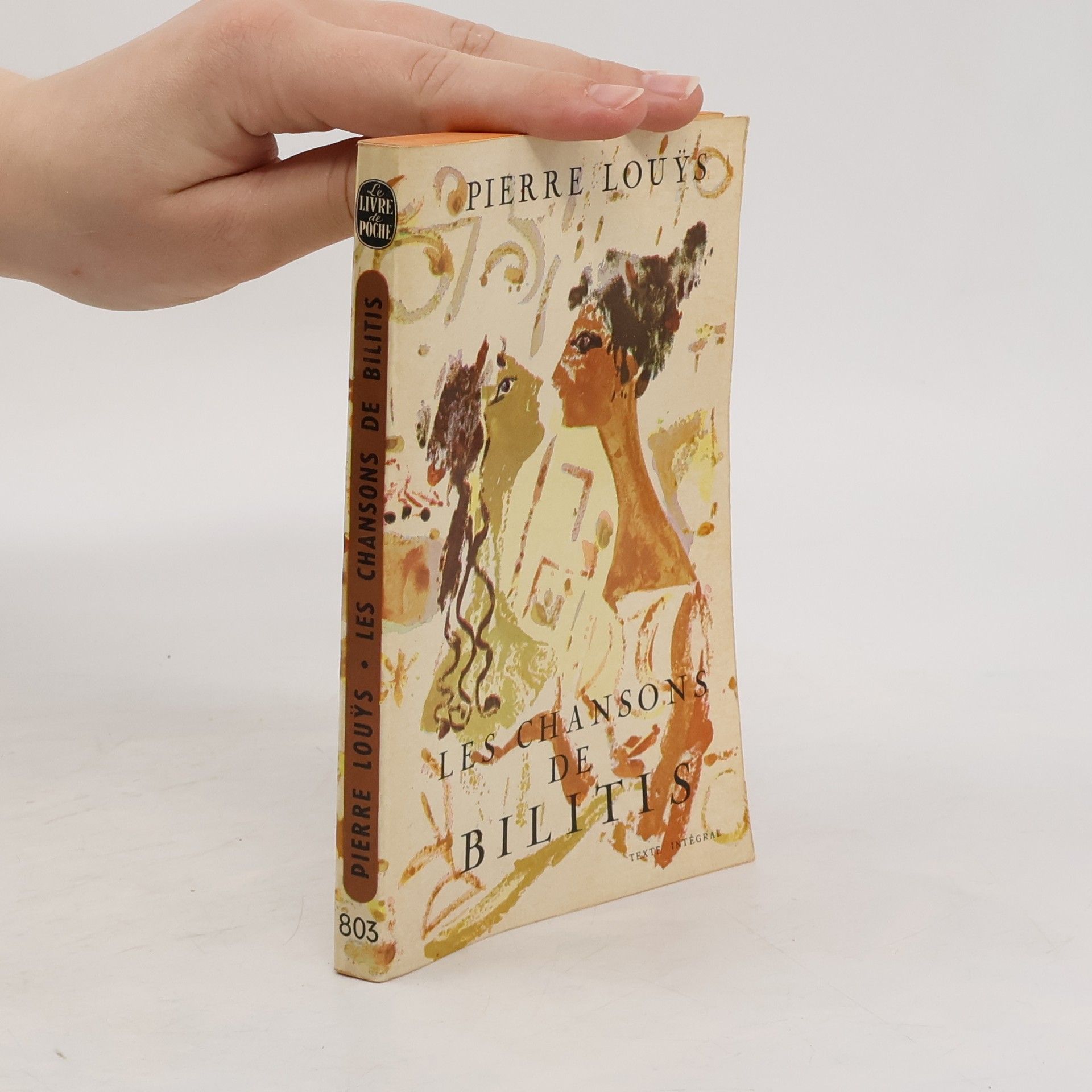
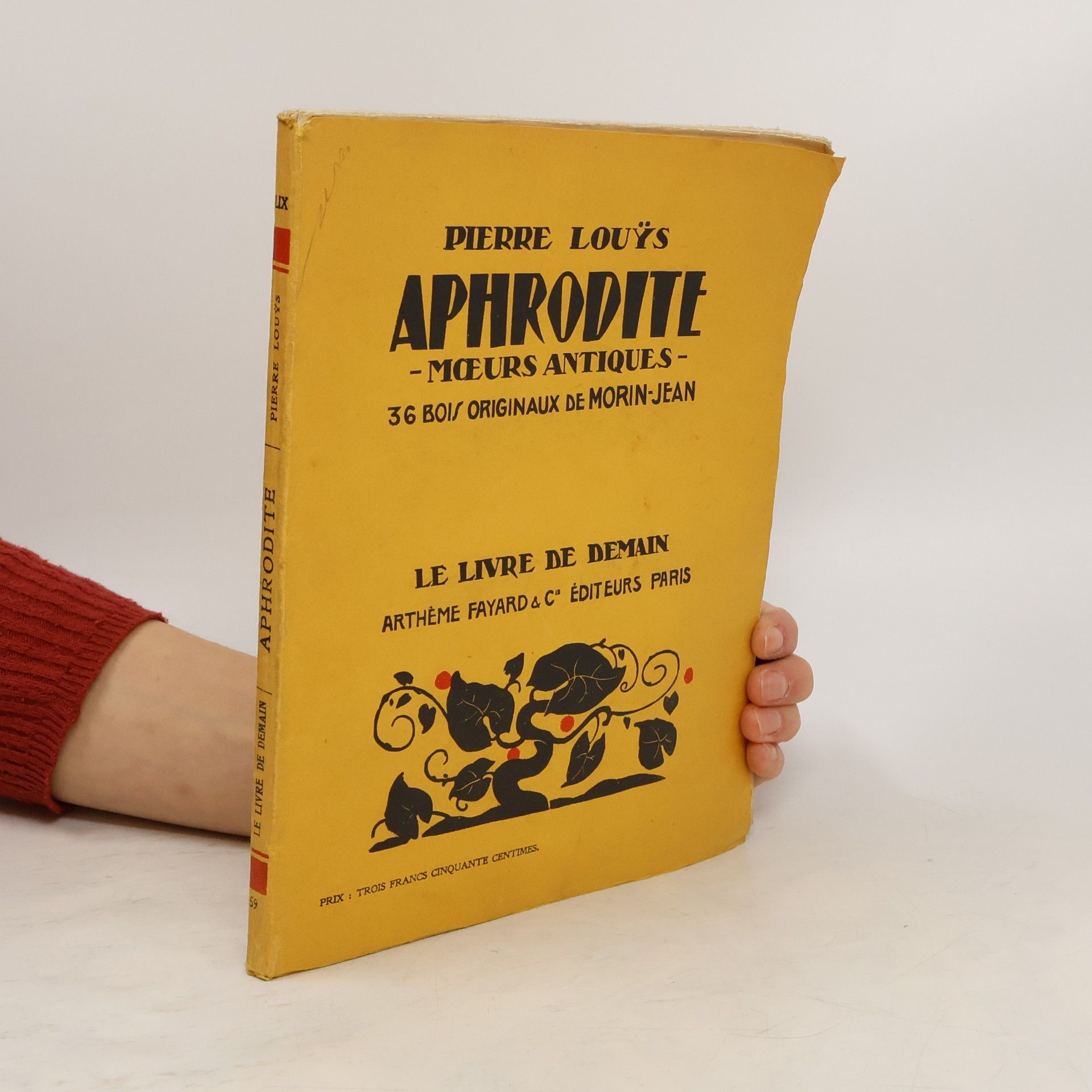
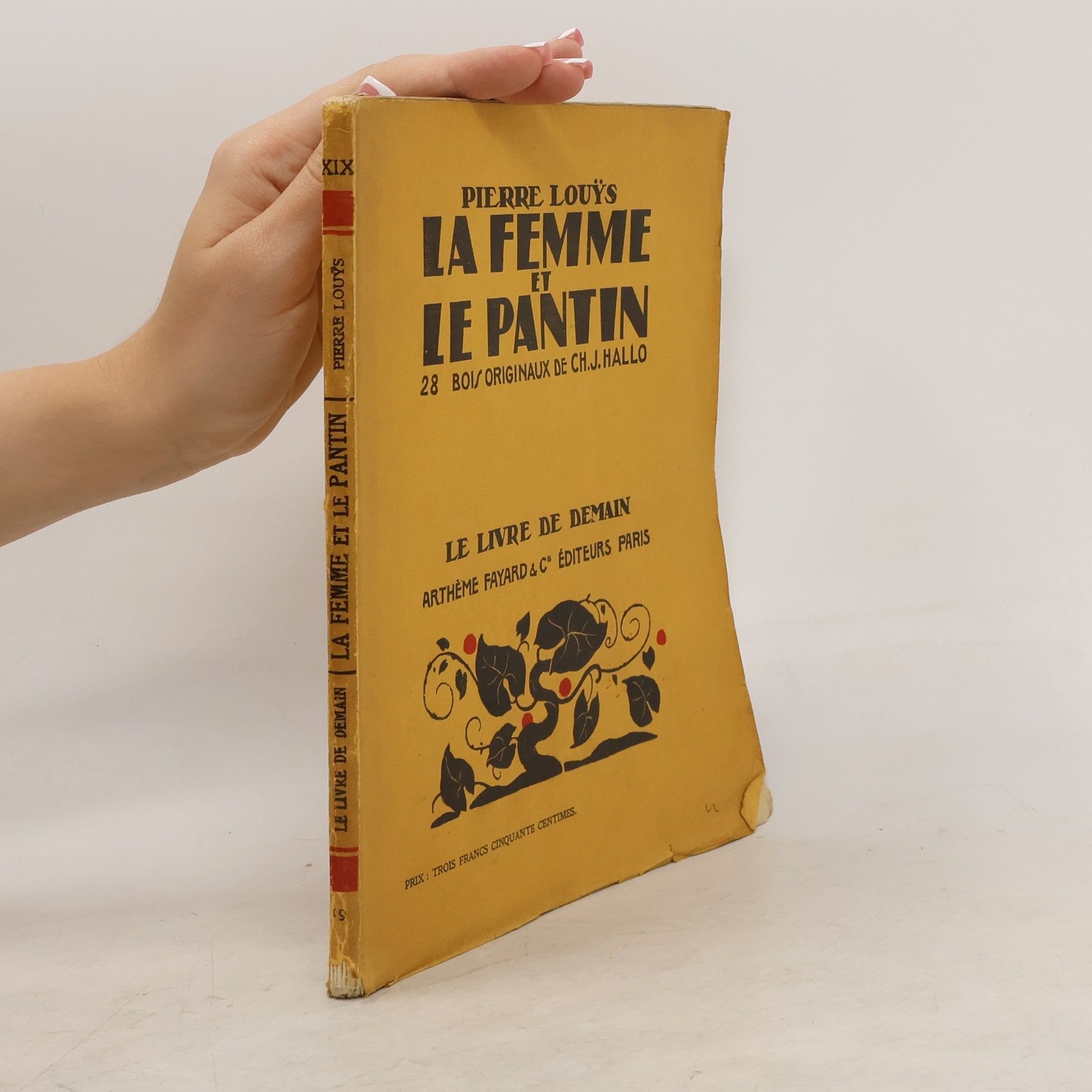
Le cul de la femme
- 96pages
- 4 heures de lecture
Twilight of the Nymphs, The
- 268pages
- 10 heures de lecture
This collection features seven mildly erotic stories rooted in mythology, showcasing Pierre Louÿs's exquisite retelling of these legends. Originally published in limited editions in Paris from 1893 to 1898, the narratives highlight his remarkable literary craftsmanship, blending imaginative artistry with delicate themes. While less sensational than some of his other works, these stories stand out for their subtlety and emotional depth, offering a sympathetic exploration of timeless myths.
Sbírka erotické poezie v próze, původně vydaná jako dílo starořecké hetéry Bilitis, současnice slavné Sapfó. V jednotlivých básních se zrcadlí Bilitiny soukromé myšlenky s důrazem na lesbickou lásku, pozornost je však věnována také její veřejné činnosti.
Kdo je Pybrac? Zřejmě Guy du Faur, pán z Pibrac, francouzský básník a diplomat, který žil v letech 1529-84 a jehož šlechtický přídomek se někdy psal v podobě, jakou zvolil Louys. Jenže souvislosti mezi domnělým předobrazem a Louysovou skladbou jsou matné; podobně jako vztah mezi středověkým Smilem z Lichtenburku, případně Smilem Flaškou z Pardubic, a eposem Rytíř Smil, který bývá tradičně připisován Jaroslavu Vrchlickému.
Zwei Schlüsselromane der erotischen Literatur ergründen die Grenzbereiche der menschlichen Leidenschaft: Aus Begehren wird Raserei, aus Bewunderung Obsession und aus der Liebe eine einzige entzückende Qual. Kein Thema hat Pierre Louÿs mehr interessiert als das ungeklärte Verhältnis zwischen den Geschlechtern, und nichts sezierte er mit größerer Lust und Virtuosität als das Verhältnis im Extrem, in der Obsession. 'Aphrodite' und 'Dieses obskure Objekt der Begierde' sind sublime Protokolle der alles verzehrenden Leidenschaft; beide erzählen von den schrankenlosen Abhängigkeiten zwischen Mann und Frau. Als 'La Femme et le Pantin' 1898 erschien, eroberte es sich sofort eine begeisterte Leserschaft. Der Belle Epoque-Roman wird hier - unter dem Titel der Buñuel-Verfilmung - in Neuübersetzung zusammen mit Louÿs' Aufsehen erregendem Romandebut vorgestellt. 'Dieses obskure Objekt der Begierde' ist die mädchenhafte Schönheit Conchita, eine andalusische Lolita, nur ungleich durchtriebener. Sie verspricht ihrem Verehrer alles und hält nichts, flüstert ihm Verheißungen ins Ohr und verhöhnt wenig später seine innigsten Begierden. Doch je tiefer die Hörigkeit geht, desto mehr enthüllt Louÿs das Opfer-Täter-Schema als grausames wechselseitiges Abhängigkeitsverhältnis. Auch in seiner 'Aphrodite', einem Glanzstück erotischen Raffinements, lotet der Autor die Grenzbereiche der menschlichen Seele aus.


